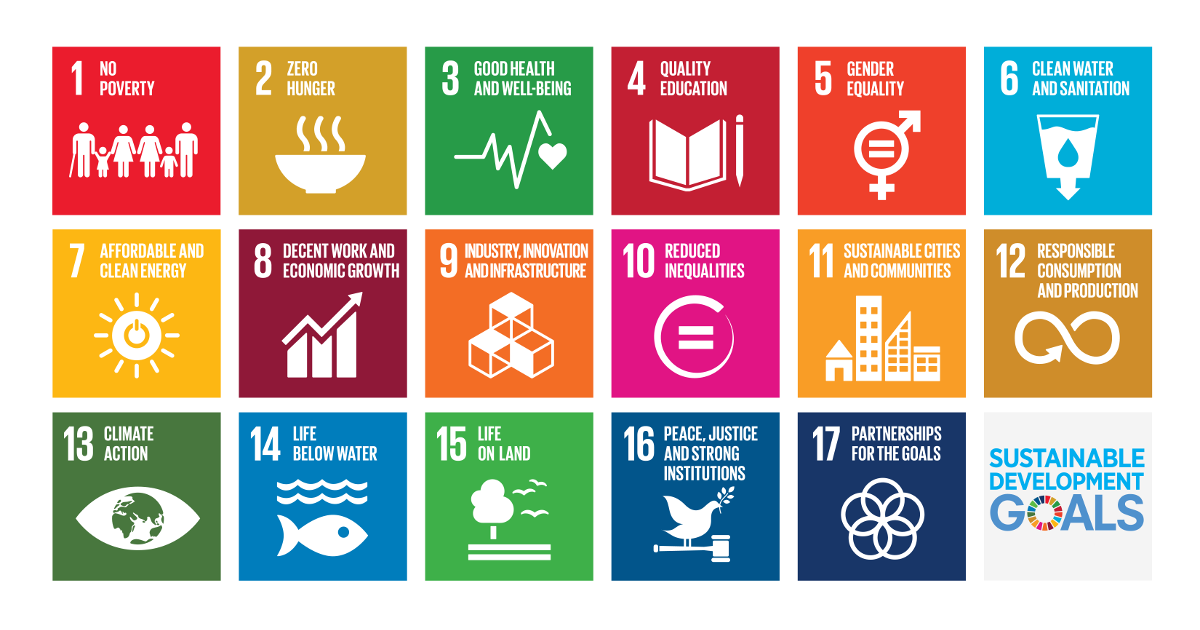Compelling reasons for sustainability
In 2015 the United Nations (UN) issued a blueprint to achieve a better and more sustainable future for all by 2030. The 2030 Agenda including 17 Sustainable Development Goals (SDGs). The SDGs are interconnected and officially adopted by 193 UN member states. They address the global challenges we face, including poverty, inequality, climate change and environmental degradation.
The 17 SDGs are again divided into 169 targets specifying the main goals. Progress is monitored by means of global indicators, supplemented by states' own national indicators. All countries have committed to promoting the 2030 Agenda in its entirety.
The SDGs apply to all countries of the world.
NIBE underlines the importance of the SDG's and focuses on areas where our impact is greatest, i.e. (7) Ensure access to affordable, reliable, sustainable and modern energy for all, (9) Build resilient infrastructure, promote inclusive and sustainable industrialization and foster innovation, (12) Ensure sustainable consumption and production patterns, (13) Take urgent action to combat climate change and its impacts, (14) Conserve and sustainably use the oceans, seas and marine resources for sustainable development and (15) Protect, restore and promote sustainable use of terrestrial ecosystems, sustainably manage forests, combat desertification, and halt and reverse land degradation and halt biodiversity loss.
